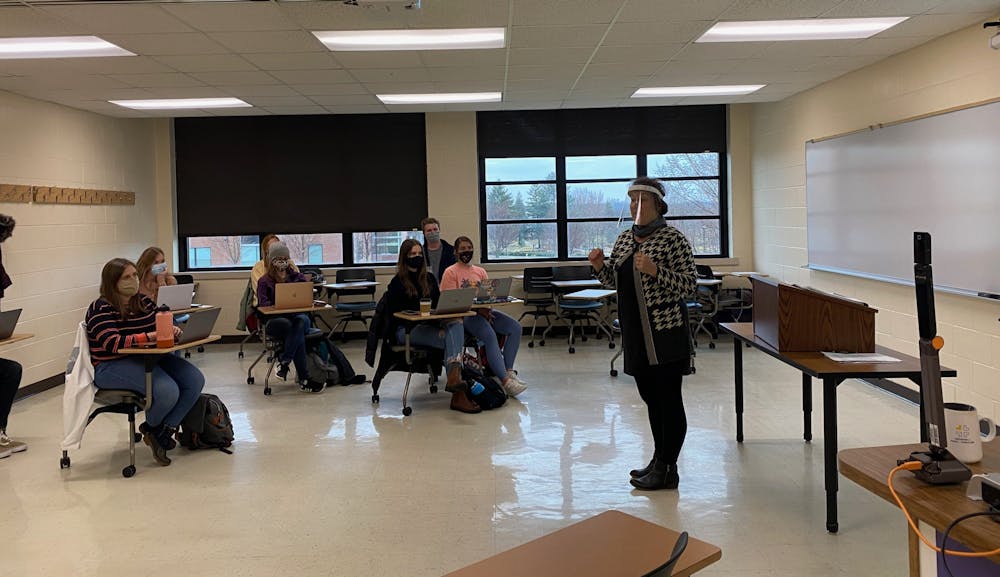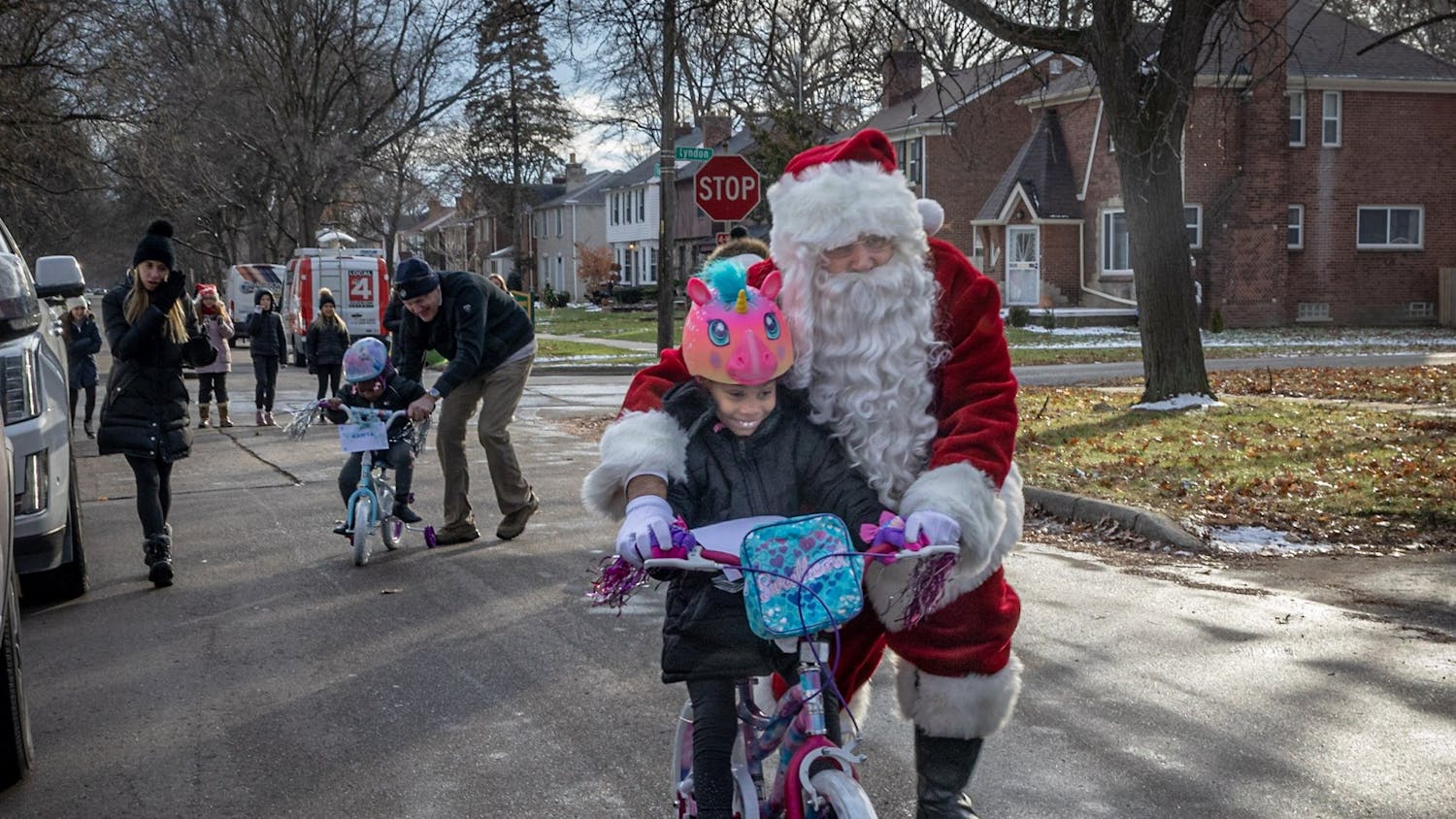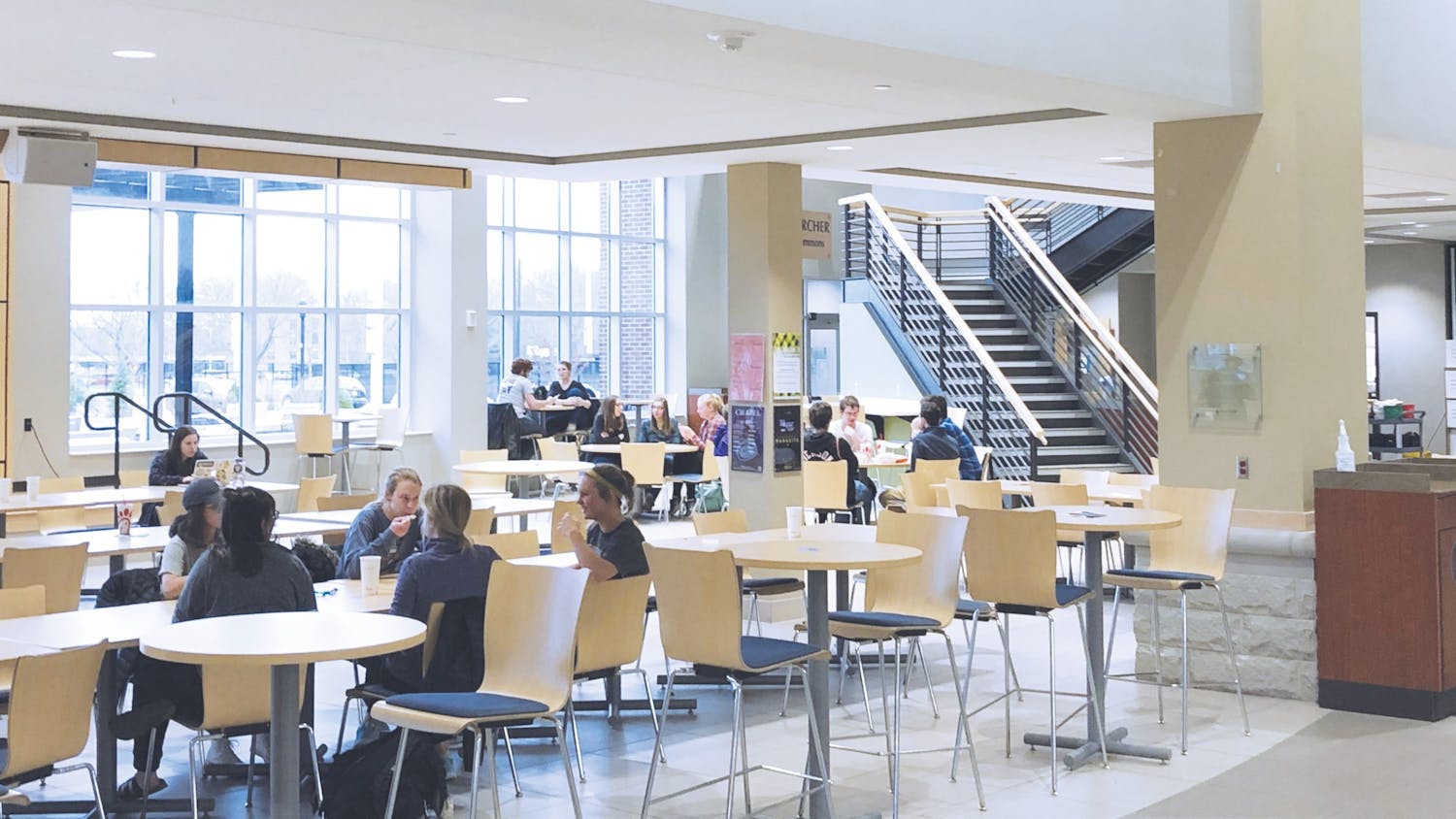The Thirteenth Amendment, ratified in 1865, pronounced that “Neither slavery nor involuntary servitude … shall exist within the United States, or any place subject to their jurisdiction.”
Nevertheless, we are currently tolerating a horrific form of slavery that is practiced in every state and every community of the United States: human trafficking. This shocking crime preys on the most vulnerable in our society.
In Indiana, children as young as seven- or eight-years-old have been sold into commercial sex and subjected to unspeakable violence and torture for the purpose of satisfying the lusts of men, many of whom are middle aged, married and well-to-do.
Students in my class on human trafficking, invariably ask, “How can this happen in my state, in my town?”
Three reasons are perhaps the most obvious. First, this is a crime that flies under the radar. Similar to the way we viewed domestic violence (DV) some 20 years ago, the vast majority of us prefer to look the other way.
Human trafficking is really ugly, and we simply don’t want to know about it; the facts about human trafficking are literally the stuff of nightmares. Persons used in sex trafficking are the most vulnerable in our society.
Youth is perhaps the most common vulnerability because young people are beautiful and easy to manipulate due to their inexperience. Those used in trafficking are commonly — but not always — persons whose family life is tragic, often including sexual assault and other violence, and/or drugs, alcohol or other addictions.
Thus, many trafficked persons had earlier experiences of being removed from their family of origin, enduring multiple foster care placements, without having counseling to treat their earlier trauma and without the benefit of being able to bond in healthy relationships with adults. Frequently, and likely because of this background, young people used in trafficking are runaways, fleeing a difficult situation into the clutches and control of a pimp who is using this young person’s body to make money for himself or herself.
Other vulnerability factors common to trafficked persons include poverty, ethnic or racial minority, mental illness and disability, undocumented immigration status or gender difference. In short, any factor that makes a person vulnerable is exploited in the business of human trafficking.
Second, there are myths about the commercial sex industry that sadly, most Americans want to believe, such as, “Prostitution is really just a job, a commercial transaction between consenting adults.”
The media and popular culture glorify prostitution in movies and music. Contrary to these myths, it is frequently not adults, but children who are manipulated into being used in prostitution, and they cannot legally consent to having their bodies used in this way.
In reality, being used in prostitution is extraordinarily violent and dangerous. No one chooses this type of degradation and abuse. One epidemiology study documented that prostitution is the most dangerous of all “jobs,” with an average age of death at 34 and the highest cause of death being homicide.
Sadly, much of the violence is committed by the purchaser, or “john.” Were this any other “job,” the public would be outraged by these statistics. Unfortunately, well-meaning but ill-informed academics — ironically often those focusing on women’s rights — perpetuate this myth, advocating for health benefits for “sex workers,” stating that “these women have the right to choose this job” and just need job protections.
Speaking with human trafficking survivors quickly dispels this line of reasoning. They identify clearly the risk and actual violence associated with each encounter of a woman or young girl in a room alone with a much larger and stronger male.
Sadly, such buyers convince themselves that “I bought her, so she has to do what I want,” which is too often a degrading and violent act that he has seen in a porn video.
Survivor Leader (a person who was once victimized and is now a leader in the anti-human trafficking field) Nikki Bell explains, “Violence in the sex trade is the norm not the exception.”
In the words of Survivor Leader Audrey Morrissey, “To have sex with 10-20 strangers (a day) I had to dissociate. … now my body doesn’t know the difference between having sex with a man I love and a man I didn’t know. …If you can’t imagine having sex 10-20 times a day with the person you love, how could someone do that with strangers?”
Clearly, this is not a “job” that a person chooses but exploitation that is either forced or endured because the person has no other choice.
Finally, it is critical that we understand that human trafficking is a commercial market — a market in young lives. In short, to the trafficker, selling women, young boys and girls to willing men is all about the money, just like any other illegal market, such as drugs and guns.
One 2020 report stated that human trafficking is a $150 billion market worldwide. As one of my anti-trafficking colleagues just expressed to my class last week, “No buyer, no market; no market, no exploitation. If men stopped paying for sex, sex trafficking would cease to exist.” Of course it is critical to recover and serve those exploited through trafficking.
But we will not put a dent in the number of those being trafficked until we reduce the demand for this horrific market. How is this done?
First, education is key. The general public needs to understand that human trafficking occurs in our backyards and is not going away until we act. Also, we must dispel the myths. It is critical that we educate the public to know that prostitution is not a choice; it is exploitation, a violent market in human beings that includes children.
Another critical response is to focus on the sex buyers. We need to increase the penalties as well as the number of prosecutions of those who buy sex. But we also need to address the fact that some buyers are addicted to buying sex and need help and even treatment to stop.
While this is a difficult subject, there is hope. As mentioned above, 20 years ago we looked the other way when confronted with domestic violence. Through education and understanding, society’s toleration of domestic violence waned and DV victims were served. With education and action, we can successfully fight human trafficking as well.





